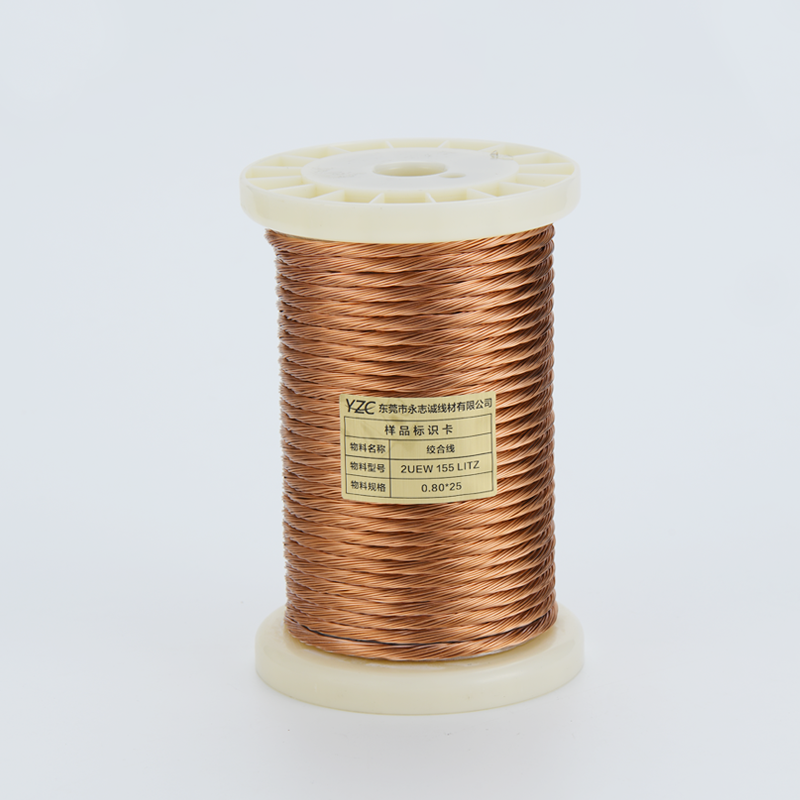Stranded wires are widely used in power transmission, electronic device connection and other fields. With the increase of usage time and the influence of environmental factors, they will gradually show signs of aging. Accurately judging the aging degree of the stranding wire is crucial for ensuring the normal operation of the equipment and the safety of electricity usage. The criteria for judging its aging can be determined from the following aspects.
Appearance changes: Appearance is a direct basis for judging the aging of the twisted wire. The insulation layer of the stranded wire will undergo significant changes during the aging process. The insulation layer of the new stranded wire has a smooth surface, uniform color and flexible texture. After aging, the insulating layer will become hard and brittle, and cracks may occur on the surface. Once these cracks appear, moisture and impurities can easily invade, further accelerating the aging of the twisted wire and even causing faults such as short circuits. In addition, the insulating layer may also experience discoloration and bubbling. The original color may become dull and lackluster, or there may be local color darkening. This is due to the chemical changes that occur in the insulating material under the influence of factors such as light and heat. If the core of the stranded wire is found to be exposed, even if it is only slightly damaged, it is a sign of severe aging of the insulation layer.

Performance testing: Professional performance testing can more accurately determine the aging degree of the stranded wire. First comes the insulation resistance test. Under normal circumstances, the insulation resistance of the stranded wire is relatively high, which can effectively prevent current leakage. However, as it ages, the performance of the insulation layer declines, and the insulation resistance will gradually decrease. Generally, an insulation resistance meter is used to measure stranded wires. If the measured value is lower than the specified standard, it indicates that the stranded wire has aged, and the lower the value, the more severe the aging. Secondly, there is the electrical conductivity test. The aging of the stranded wire may lead to oxidation and corrosion of the wire core, increasing the resistance and weakening the electrical conductivity. By measuring the DC resistance of the stranded wire and comparing it with the initial value or the standard value, if the resistance increases significantly, it indicates that the electrical conductivity of the stranded wire has deteriorated and there is an aging problem. In addition, dielectric strength tests can also be conducted. Aged stranded wires are more prone to breakdown at higher voltages and cannot withstand normal operating voltages. If breakdown occurs during the test, it indicates that the stranded wires have aged and affected their safety performance.
Structural inspection: The structural integrity of the stranded wire is also an important criterion for judging aging. Disassemble the stranded wire to observe the core. If black oxide is found on the surface of the core, or if there is metal corrosion or breakage, it indicates that the interior of the stranded wire has aged. Because during long-term use, the wire core will undergo chemical reactions with oxygen and moisture in the air, leading to a decline in the performance of the metal material. In addition, check whether the stranding structure of the stranding wire is loose. In a normal stranding wire, each strand is tightly wound. However, after aging, due to changes in the core material or external forces, the stranding structure may become loose, and even some strands may fall off. This will affect the mechanical strength and electrical conductivity of the stranding wire.